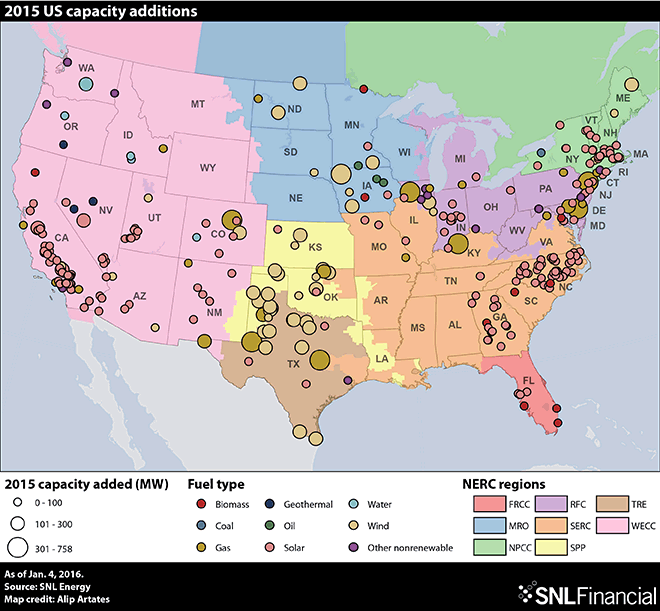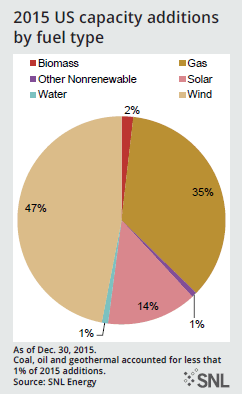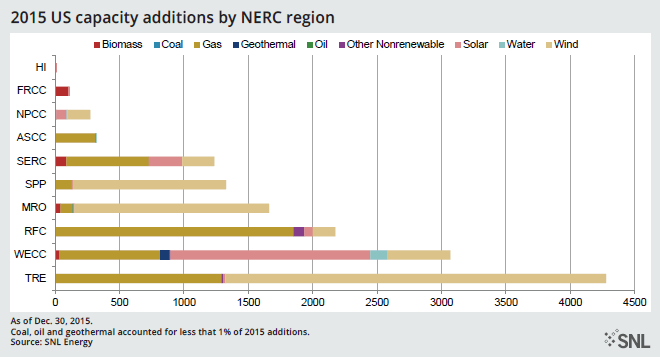New method of financing wind and solar power plants is upon us. SunEdison (and it YieldCo company Terraform Power) have catapaulted from a strong position in solar power plants to a dominant position in wind power plants in less than a year. SunEdison along with Nextera, NRG Energy and others have brought Wall Street money to renewable energy.
What does it all mean? It means yield seeking investor like you and me, mutual funds, pension funds and others are investing in renewable energy projects and enjoying yields that result from sale of electricity produced from these plants. These plants have long-term power purchase agreements, so the uncertainty in revenue is small and a reasonable yield is available for minimal risk.
What does it mean when renewable energy power plants become such liquid assets? It means that owners of renewable energy projects can deleverage by taking these renewable energy assets off their books and raise cash for reinvesting in more renewable energy projects.
SunEdison (Terraform Power) has adopted this approach. In 2015, it has bought 930MW of wind portfolio through acquisition of Invenergy, 521 MW from Atlantic Power, 500 MW from First Wind and 242 MW from Continuum Wind. It has grown from 1.7GW at the beginning of 2015 to 6.8GW as of July 2015. It has signed a 50-50 JV with Gamesa to build 1GW of wind plants in India by 2018.
The big question now is, as the era of production tax credits (PTC) sunsets in the USA, can YieldCos provide a cheap source of financing to wind projects in order to reach cost grid parity with coal or gas powered power plants? This is certainly likely. As evidence consider in 2013, in the US, the average power purchase agreement price was 2.6 cents per kWh (LBNL Wind technology report, 2014). Add to the PPA 2.3 cents per kWh PTC for 10 years, and you come up with the fact that new wind power plants are getting less than 5 cents per kWh. I doubt a new coal fired power plant will take a PPA of less than 5 cents. Lets watch how the era of YieldCos unfolds in terms of bringing down the price of wind energy.



